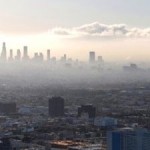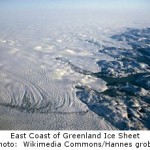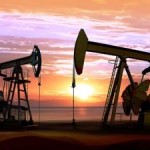 Nitrogen from human activity has been polluting lakes in the northern hemisphere since the late 19th century. The clear signs of industrialization can be found even in very remote lakes, thousands of kilometers from the nearest city. This is shown in new research findings published on Friday, December 16, in the journal, ‘Science’.
Nitrogen from human activity has been polluting lakes in the northern hemisphere since the late 19th century. The clear signs of industrialization can be found even in very remote lakes, thousands of kilometers from the nearest city. This is shown in new research findings published on Friday, December 16, in the journal, ‘Science’.
The research is based on studies of sediment from 36 lakes in the USA, Canada, Greenland and Svalbard, Norway. The researchers have analyzed how the chemical composition of the sediment has changed over the centuries. Twenty-five of the lakes all show the same sign – that biologically active nitrogen from human sources can be traced back to the end of the 19th century.
The nitrogen analyses of the lake sediments show that the changes began around 1895. The results also show that the rate of change has accelerated over the past 60 years, which is in agreement with the commercialization of artificial fertilizer production in the 1950s. Sofia Holmgren, a researcher in Quaternary Geology at Lund University, Sweden, is the only Swede to take part in the comprehensive study.
“I have studied lakes on Svalbard, where the effects of the increased nitrogen deposition are clearly visible in the algal flora”, says Sofia Holmgren.
She explains that both the species composition and production of diatoms – microscopic siliceous algae – have changed dramatically in the lakes on Svalbard since the start of the 20th century, with the most significant changes over the past decades.
Combustion of fossil fuels and use of fertilizer are the main sources of the increasing amount of nitrogen in the atmosphere. The nitrogen is transported with air currents and reaches the ground in rain or snow. It can travel thousands of kilometers and the nitrogen, thus, reaches even the most remote lakes and ecosystems.
Nitrogen is an important nutrient for plants, but overuse in more intensive farming can lead to pollution of watercourses, smog and acid rain in urban environments. However, little is known about the effects in more remote areas. An increasing number of studies of Arctic lakes are now showing major changes to the ecosystems.
Details of the Study:
Source: Lund University.














